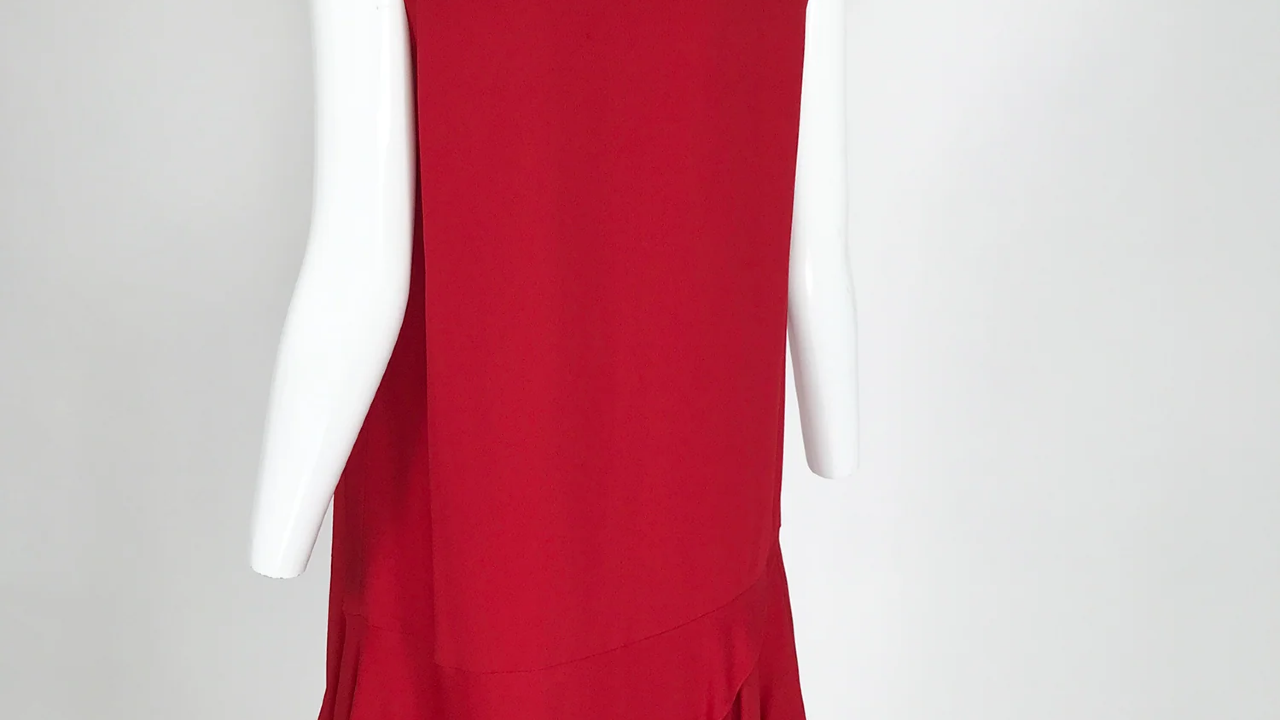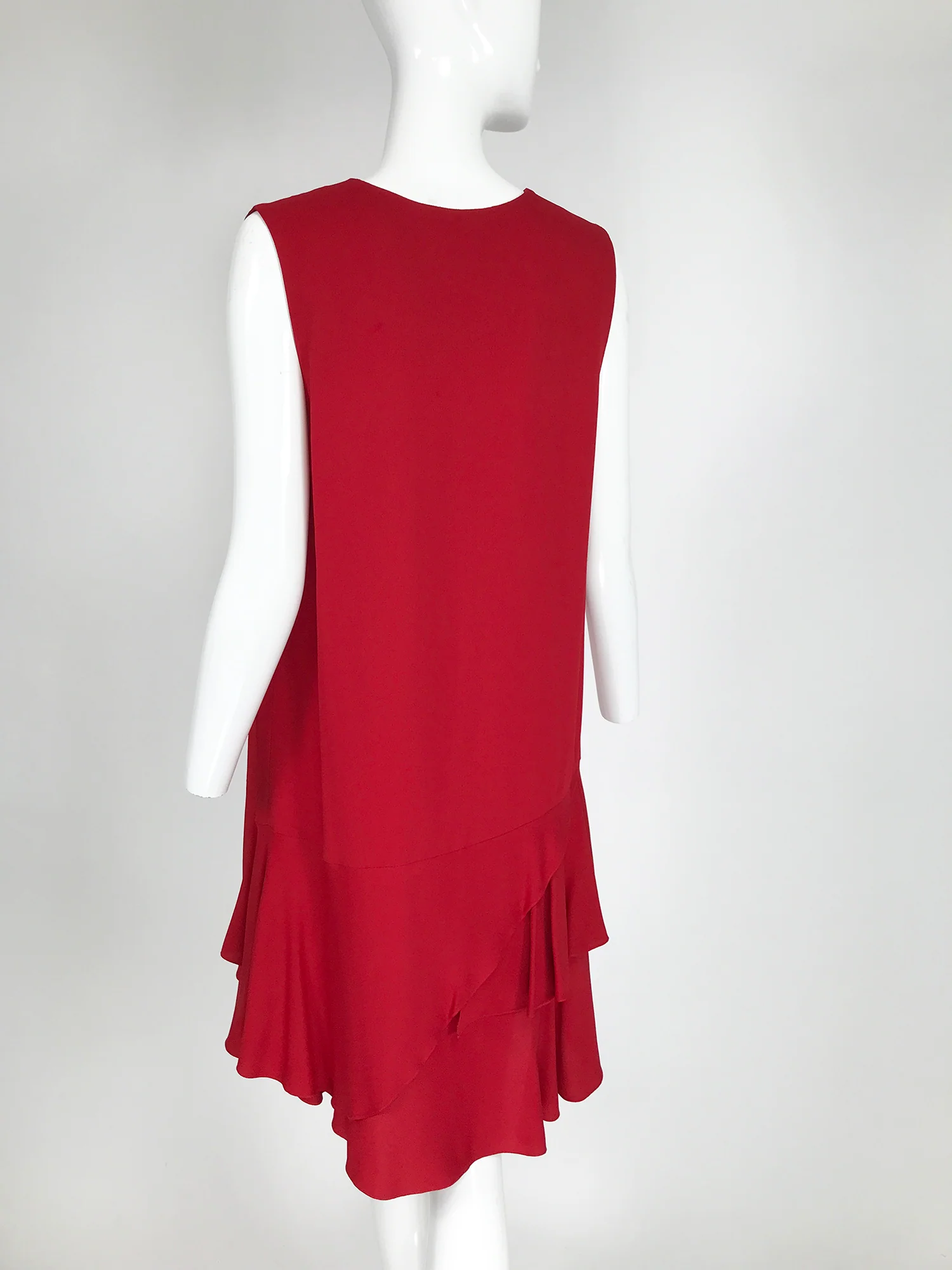AllVintageStyles
The Ultimate Vintage Fashion Encyclopedia
Chemise Dress


Straight-cut dress with dropped waistline and minimal shaping, inspired by undergarment construction and epitomizing 1920s flapper fashion liberation.
Quick Facts
- Era: 1920s (peak popularity 1920s-1930s)
- Origin: France/Europe (women's liberation movement and flapper culture)
- Garment Type: Liberating dress with undergarment-inspired construction
- Key Identifiers: Drop waist, straight silhouette, minimal bust shaping, knee-length hemline
- Typical Resale Price: $150-$800 (authentic vintage pieces)
- Best For: Flapper fashion collectors, 1920s enthusiasts, vintage dance wear seekers
History & Evolution
Chemise dresses emerged from the 1920s women's liberation movement when designers rejected Victorian corseted silhouettes in favor of garments inspired by loose undergarment construction. The style represented radical departure from fitted, structured dresses that emphasized traditional feminine curves, instead celebrating boyish silhouettes and freedom of movement. Early versions literally adapted chemise undergarment patterns for outerwear, creating revolutionary fashion that prioritized comfort and modernity over conventional beauty standards.
The mid-1920s established chemise dresses as essential flapper wear when jazz age culture demanded garments suitable for dancing, smoking, and socializing in ways previously forbidden to women. The style became associated with rebellion against traditional feminine roles and Victorian moral restrictions, appealing to young women seeking fashion that matched their liberated lifestyles. Coco Chanel and other avant-garde designers elevated chemise construction into luxury fashion while maintaining its anti-establishment associations.
The late 1920s and early 1930s saw chemise dresses achieve mainstream acceptance while maintaining their connection to modern feminine independence and jazz age sophistication. The Wall Street Crash and changing social attitudes gradually reduced extreme drop-waist styling, but the basic chemise principle influenced dress design for decades. Contemporary fashion occasionally revives chemise elements, but vintage pieces offer superior construction quality and authentic proportional relationships reflecting original flapper fashion revolution.
Authentication Tips
Authentic 1920s-1930s Features:
- Straight-cut construction with minimal bust darts or shaping elements
- Dropped waistline positioned at hip level rather than natural waist
- Quality silk, crepe, or fine cotton fabrics with proper drape and weight
- Hand-finished seams and authentic 1920s construction techniques
- Period-appropriate closures including side snaps or simple buttons
Common Reproductions/Modern Pieces:
- Modern princess seaming or fitted construction inappropriate for authentic chemise styling
- Natural waistline placement lacking authentic 1920s drop-waist proportions
- Synthetic fabrics with poor drape or modern stretch properties
- Machine-finished construction without authentic hand-tailored details
- Contemporary closures like back zippers not available during 1920s production
Styling & Use Cases
- Best for flapper enthusiasts: Pair with T-bar shoes and headbands for authentic 1920s jazz age styling
- Ideal for vintage dancers: Combine with period accessories for Charleston dancing and vintage dance events
- Perfect for collectors: Display as examples of revolutionary 1920s fashion and women's liberation through clothing
Modern styling tips:
- Embrace the dress's loose fit by choosing accessories that complement rather than compete with the simplified silhouette
- Layer with period-appropriate coats or wraps to maintain authentic 1920s proportional relationships
- Focus on jewelry and accessories at the neckline and arms to enhance the dress's minimal construction
FAQ
Q: How can I tell if a chemise dress is authentic 1920s construction?
A: Check for straight-cut construction without modern shaping, dropped waistline at hip level, quality silk or crepe fabrics, hand-finished seams, and period-appropriate closures like side snaps rather than back zippers.
Q: What's the typical price range for vintage chemise dresses?
A: Authentic vintage chemise dresses range from $150-800 depending on fabric quality, condition, and designer attribution. Documented 1920s pieces or designer examples command premium prices among flapper and Art Deco collectors.
Q: How should I care for a vintage chemise dress?
A: Professional cleaning is recommended for silk and delicate fabrics, store on padded hangers to maintain straight silhouette, and handle carefully due to age and potential fabric fragility from 1920s construction.
Q: What makes vintage chemise dresses valuable to collectors?
A: Revolutionary significance in women's fashion liberation and rejection of Victorian constraints, superior 1920s fabric quality and hand-construction techniques, cultural documentation of flapper movement and jazz age lifestyle, and rarity due to age and delicate fabric survival challenges.
📷: Palm Beach Vintage
